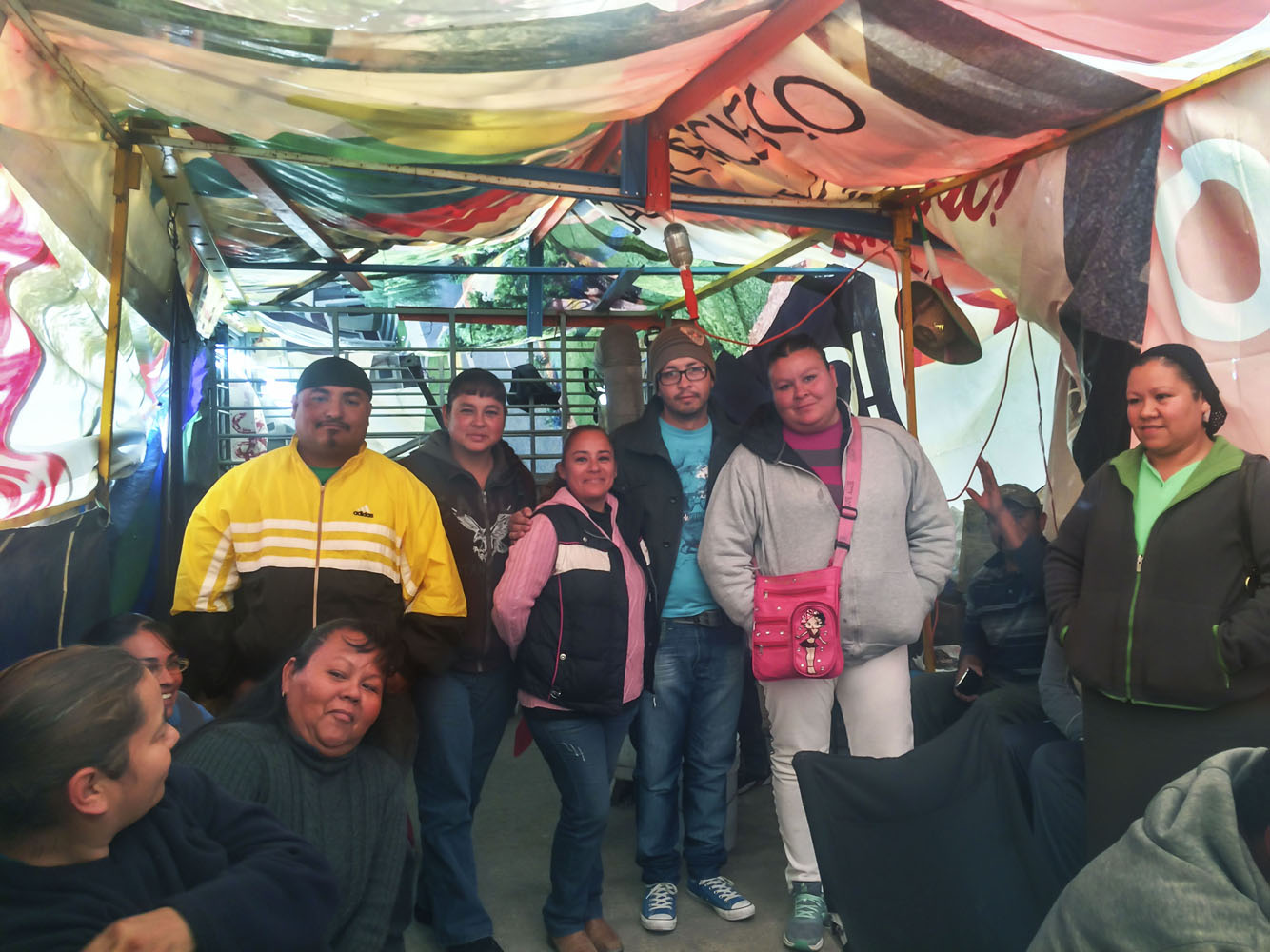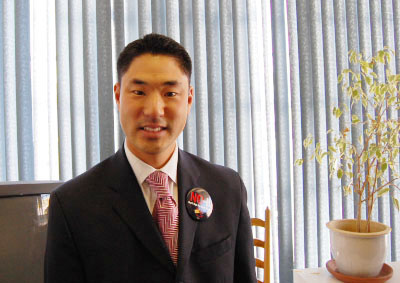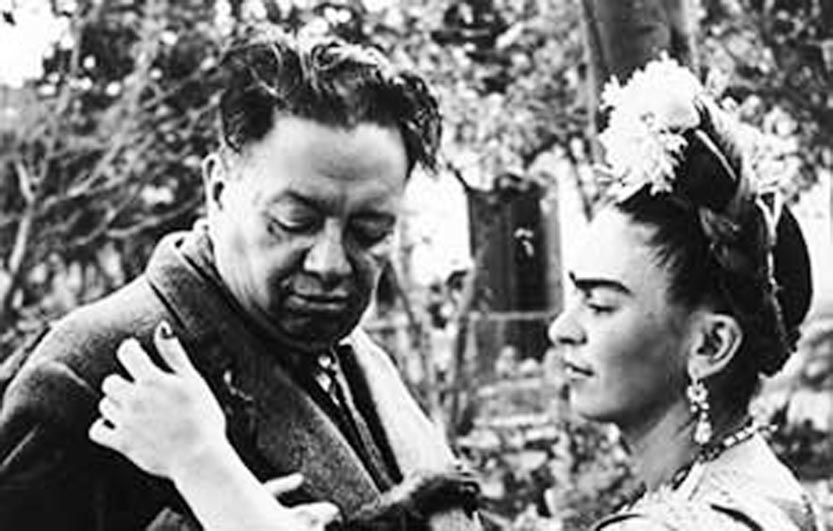by Ben Fuchs
Next to supplements, nothing contains more nourishment value per gram of edible material than “superfoods” which WebMD defines as “multitasking food substances that provide multiple disease-fighting nutrients”. Although a quick internet search will reveal dozens of various foods that claim “superfood” status, including eggs, yogurt, algae, various fruits and vegetables, none can boast more nutritional value than the humble, crepuscular and manure-munching mushroom.
Mushrooms and their uncouth and downright toxic cousins called toadstools (“tod” is the German word for death) are neither plant or animal or bacteria. They instead fall into a separate classification called fungi. They are botanically referred to as “fruiting bodies”, a plant structure that produces spores. Spores can be thought of as a type of seed specific to fungus and molds.
Mushrooms are members of one of the six great kingdoms of life, the Fungi (the others are the Plant, Animal, Archaeal, Protistal and the Bacterial). Like their fungal cousins, molds and yeasts, they have tremendous medicinal value. Although many are inedible and some deadly, the nutritional relevance of edible mushrooms, appreciated by culinary types as a delicacy since ancient times, is off the charts.
The most important of their nutrient elements is a type of non-sweet sugar called polysaccharides, which compose the bulk of the solid portion of typical mushrooms. Polysaccharides can be thought of as long chains of repeating and identical chemical chunks that from a cage-type network of molecules that allows them to effectively trap water. This ability to hydrate itself in what is essentially a sponge-like fashion, accounts for the characteristic gel like texture of the typical mushroom. One of these polysaccharides, a substance called chitin, which gives the mushroom cell a certain solidity and structure, is regarded as one of the most common organic molecules in the natural world. It is second in abundance only to its chemical cousin cellulose, which provides similar structural support for the cells of plants.
In a 2012 article published in the journal Food and Function, mushrooms were described as having evident clinical (anti-tumor) results and having the ability to activate numerous human immune cancer destroying cells of the human immune system including white blood cells and natural killer cells.
Mushrooms are also an important and rare source of vegan friendly Vitamin D. Typically only found in animal foods, Vitamin D has powerful immune strengthening properties of its own. As it turns out, Vitamin D from mushrooms, although not as long acting as the Vitamin D3 animal version, is absorbed just as effectively.
Mushrooms are also a source of other helpful nutrients including the B-vitamins and Vitamin C. Mushrooms also contain helpful non-nutrients, like nerve cell growth factors for improving brain health and anti-microbials to fight viruses and bacteria’s.
Four most common medicinal mushrooms:
1. Maitake Mushrooms – mineral rich mushroom, often found growing on the bottom of trees supports immune system health, used to treat cancer supports healthy blood sugar and provides cardiovascular health benefits.
2. Reishi Mushrooms – One of the oldest of the medicinal mushrooms, use recorded in Chinese medical texts as early as 200 BC. Handbooks on Reishi were the first illustrated publications in the history of Chinese mushroom medicine. High concentration of medicinal elements including blood thinning compounds and plant steroids give Reishi a bitter taste that makes them difficult to eat. However when sipped on as a pre-meal tea, the same bitter qualities can help improve secretion of bile, enzymes and stomach acid for digestive health benefits.
3. Shitake Mushrooms – One of the tastiest of medicinal mushrooms is considered to be the most popular gourmet mushroom in the world. Produces high amounts of Vitamin D3 when exposed to sunlight. Detoxification properties are being studied for removal of heavy metals and hydrocarbon (oil spill) contamination from soil.
4. Cordyceps – The athletes mushroom, Cordyceps supplements are used by Chinese Olympians for respiratory and oxygenation support properties. Loaded with anti-oxidants and prized for its anti-aging and adaptogenic (biochemistry stabilizing) properties, may stimulate libido and improve male sexual performance. Contains sedative properties that can be leveraged in a soothing, sleep promoting bedtime tea.









